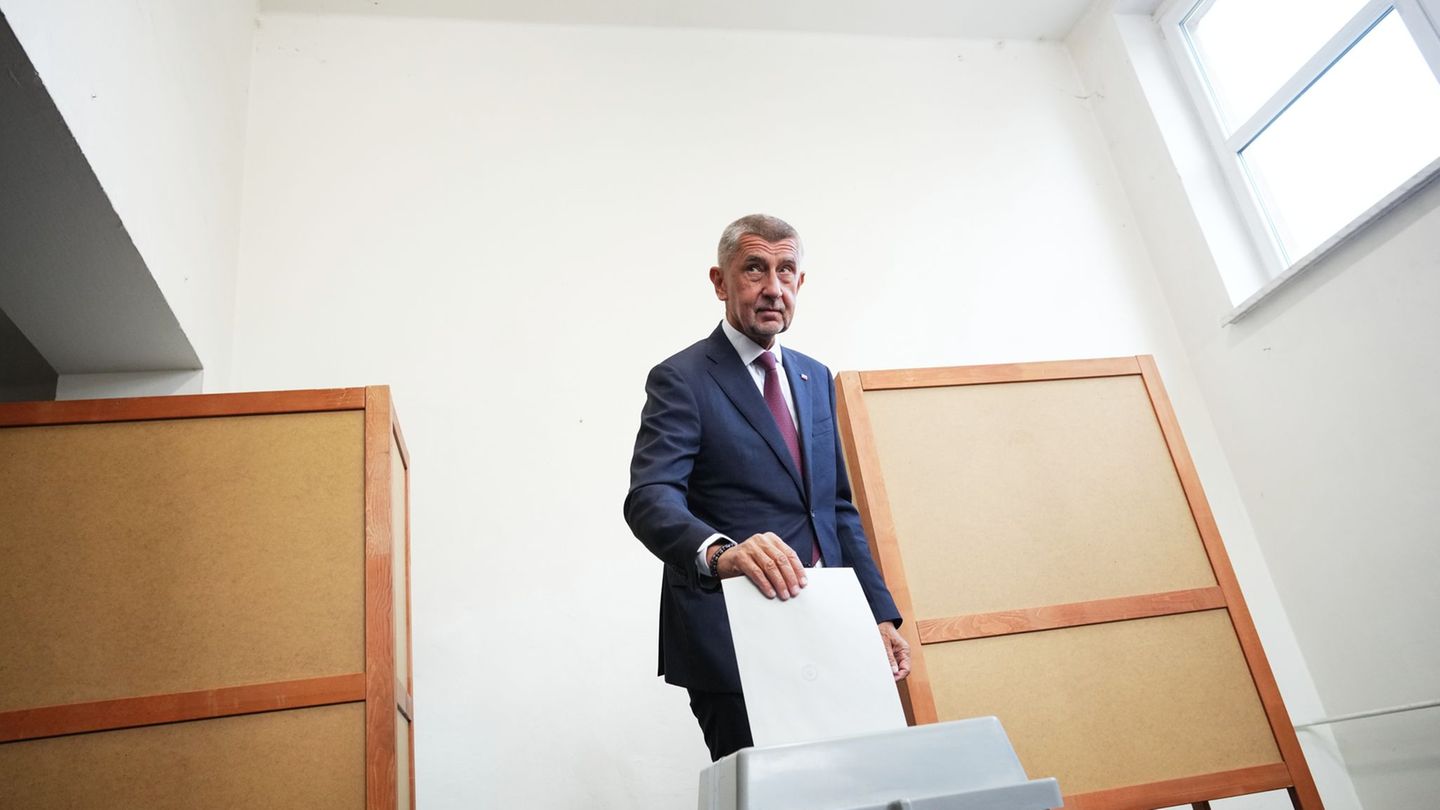According to the consulting firm Adcap, the official exchange rate and the CCL devalued 0.22% and 3.29% to $ 99.40 and $ 200 per dollar, respectively, widening the gap to 100%. “The implicit devaluation in Rofex futures rates peaks in the 4 months at almost 6%, and then falls to 3% for the next 11 months. The same data were at 3.5% and 2.6% at the beginning of August, respectively, ”the entity warns. The report notes that “devaluation expectations continue to fuel investors’ appetite for hedging assets.”
Dollar controls
In that framework, the Central Bank is expected to continue to maintain all possible controls But the problem is no longer so focused on the demand for financial dollars, but on those that are used in the normal operation of foreign trade. Miguel Pesce He told the businessmen of the Argentine Industrial Union (UIA) last week that they will not have problems buying foreign currency to import the usual inputs to maintain their production processes, but he warned them that they will follow the restrictions in the event that want to anticipate acquisitions to hedge against potential future devaluation.
The president of the central bank He was willing to ease the stocks in case the companies export more. But it’s like the chicken or egg dilemma. If companies cannot produce more, they cannot export and for this they need to import inputs. In this regard, the Chamber of Importers of the Argentine Republic (CIRA) went out to expose in a report the limits that Pesce’s proposal has to the UIA. “Imports of capital goods have reached US $ 6,209 million in eight months of 2021, which is a much higher level than in 2020 (US $ 4,347 million), and somewhat higher than 2019 (US $ 5. 826 million) but which is lower than in all previous years in the decade, “the entity warned.
In 2018 they were for US $ 9.06 billion; in 2017, for US $ 9.573 million and in 2016, for US $ 7.546 million. It is also lower than in 2014 when there were purchases for US $ 8,197 million and lower at the same time than the level of 2013, with US $ 7,697 million. The report indicates that similar behavior is seen in parts, parts and accessories of capital goods. According to the CIRA, purchases of intermediate goods are growing, which are those that are applied to the production process.
This indicates, according to the report, that “Argentina is temporarily bouncing production with the current installed capacity.” “They were US $ 16,402 million in eight months of 2021, which is a higher level than in the 2020 pandemic when they reached US $ 10,530 million; and also higher than in the same period of 2019 (US $ 11,995 million) and higher than in all the previous years of the decade ”, says the entity. With this, importing businessmen came out to demand that the Central Bank not deepen controls on dollars, due to the risk of affecting the economic recovery expected for 2022.
On the other hand, market operators are certain that the modification of the exchange rate regime is inevitable. The problem they have is that they do not know if it is going to be a correction of between 20% and 30% in a single moment. And from this, short-term investments are determined. Financial analyst Christian Buteler said that “the Central Bank will be able to control the official dollar through the stocks and different regulations, but that is to control the quantity, not the price.” Buteler considered that “the greater the stocks and regulations, the broader the gap between the official dollar and the free dollar, if we add to that the excess of issuance, the result is gaps that are around 100%.”
David William is a talented author who has made a name for himself in the world of writing. He is a professional author who writes on a wide range of topics, from general interest to opinion news. David is currently working as a writer at 24 hours worlds where he brings his unique perspective and in-depth research to his articles, making them both informative and engaging.




